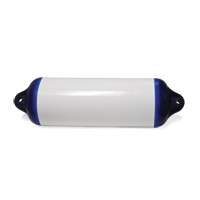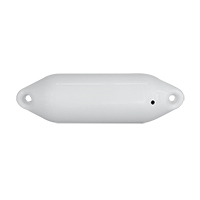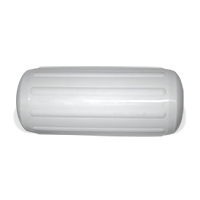Displaying items by tag: Fenders
Ocean Fenders: 20% Off for the Month of October at O’Sullivan’s Marine
O’Sullivan’s Marine is proud to represent Ocean Fenders in Ireland, and for the month of October, are offering 20% off all Ocean fenders… while stocks last.
Ocean Fenders – the leading brand in the fendering industry, offer superior quality, lifetime performance and maximum protection. Their exclusive designs undergo extensive quality testing ensuring consistent quality – at highly competitive prices. Ocean Buoys and Fenders are made in one piece, resulting in consistent wall thickness throughout.
 R series
R series
R Series Heavy Duty Buoys – Versatile buoys for the most adverse conditions.
Rock-solid rope-hold with reinforced material
Simple valve for convenient inflation
Seamless construction
UV resistant
More ribs than any other buoy on the market
Widely popular among commercial fishermen, but also among recreational boats too.
 H Series
H Series
H Series Heavy Duty Fenders in which the rib-reinforced rock-solid rope-holds on the two sides of the fender are made in such a way to provide extra strength and durability for the fender. A versatile fender for the most adverse conditions. Suitable for any use and any kind of boat from 10-60ft, the Ocean Heavy Duty fender “fends” proudly.
 U Series
U Series
U Series Fenders, the utility fender for every use and everyone! As with all of the Ocean fenders, it is made out of Plastisol PVC material, with rotation moulding procedure making it the highest quality utility fender in the market. The simple valve offers convenient inflation and maximum protection at the same time.
 CH series with rope
CH series with rope
CH Series Centre Hole Fenders, distinct for their multiple use since they are designed for both horizontal and vertical application to any small to medium boat. Accompanied with white rope to make your life easier!
 RT series
RT series
RT Series Rope Through Fenders, multiple use for both horizontal and vertical application for any boat, with reinforced vertical ribs, giving extra protection. Made in one piece for consistent wall thickness. For boats 15 to 50 feet.
For more information: www.osmarine.ie























